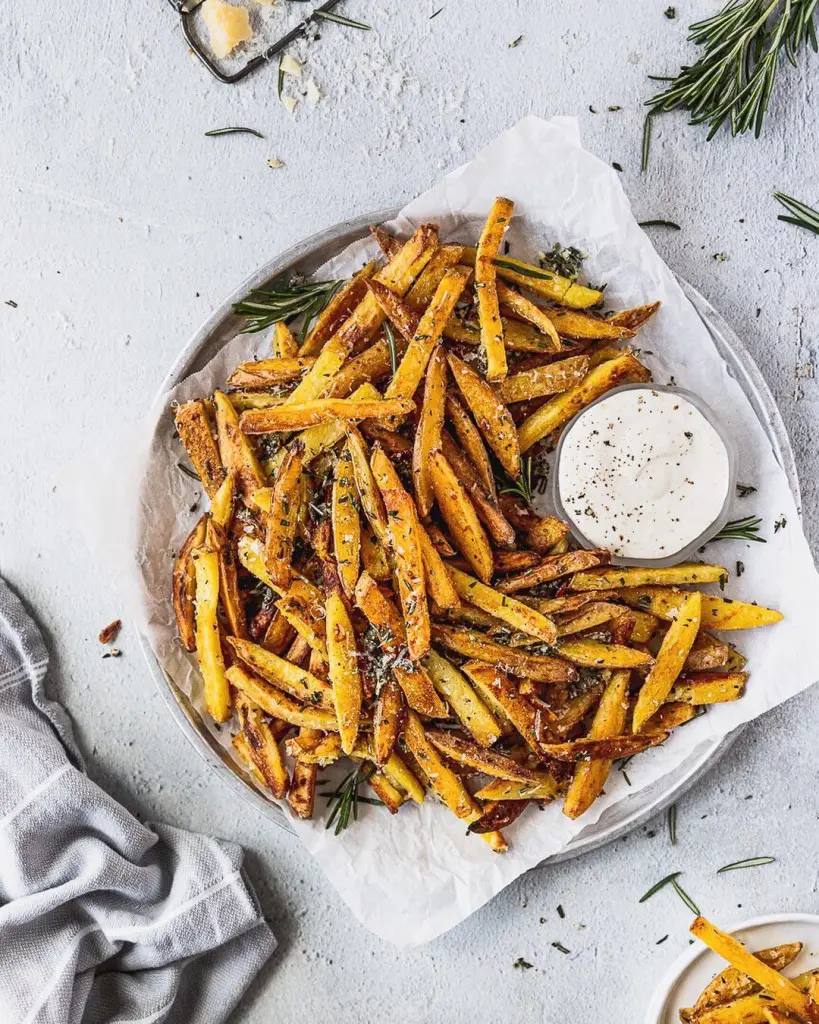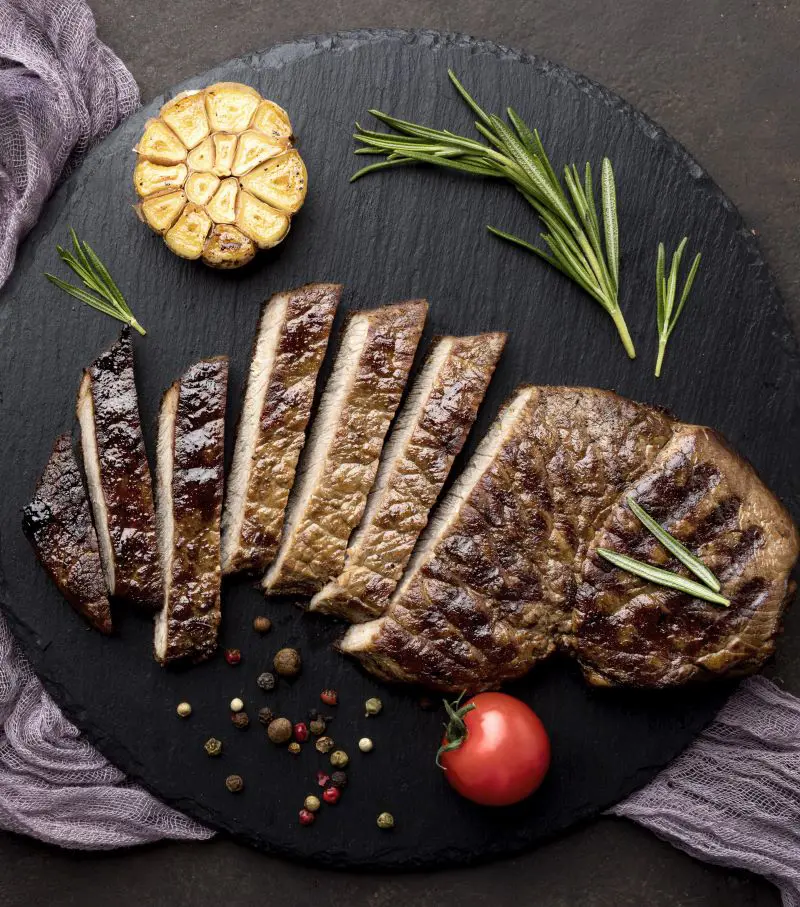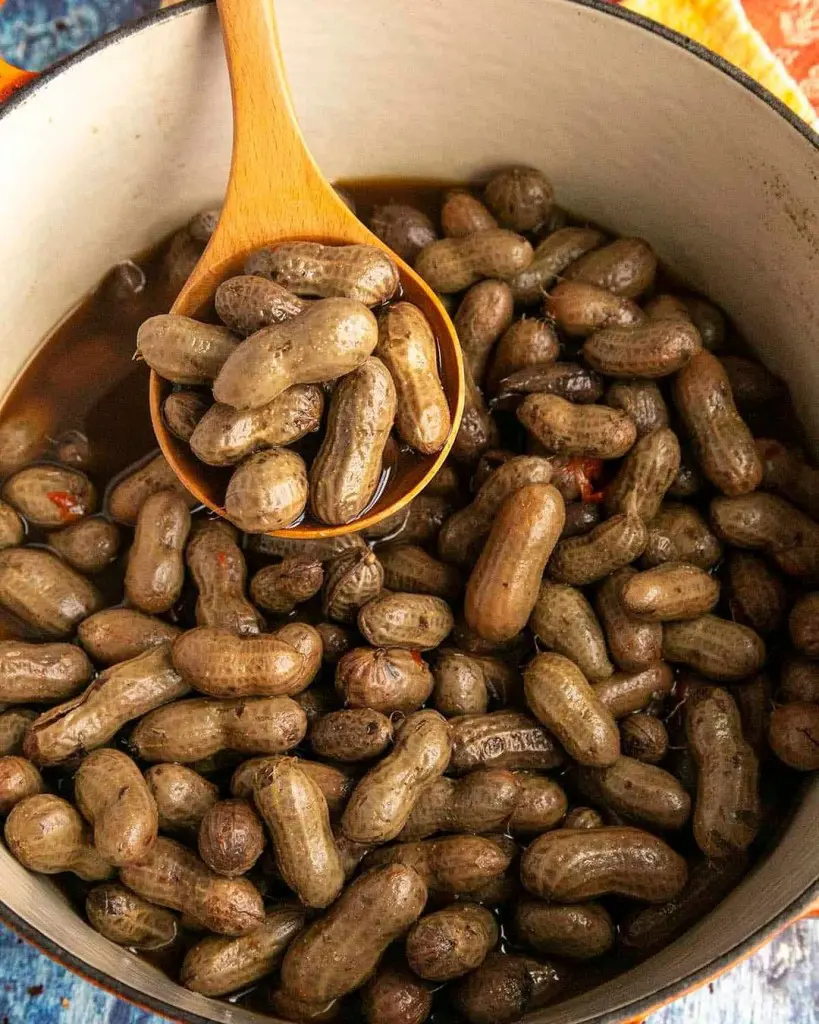Perfect Crispy French Fries
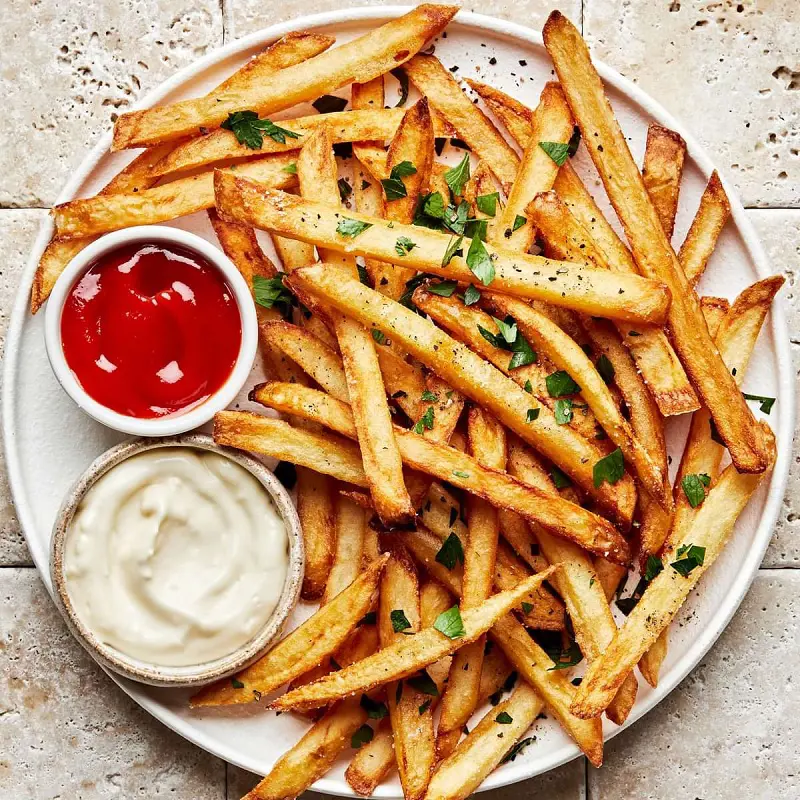
French fries, those golden, crispy delights, have become a staple in diets across the globe. From fast-food joints to high-end restaurants, French fries hold a special place in our hearts and stomachs.
This article delves into the fascinating origin and history of French fries, offers tips on making the perfect batch, discusses how to keep them crispy for longer, and explores their cultural and culinary impact worldwide.
Ingredients
To make crispy French fries, you'll need the following ingredients:
- Potatoes: Russet or Idaho potatoes are ideal due to their high starch content, which helps achieve crispiness.
- Water: For soaking the cut potatoes, which helps remove excess starch.
- Ice: To keep the water cold and aid in starch removal during soaking.
- Salt: For seasoning and soaking water.
- Vegetable Oil: For frying. Options include canola, peanut, or sunflower oil due to their high smoke points.
- Cornstarch (optional): Can be used to coat the potatoes for extra crispiness.
Additional seasoning such as garlic powder, paprika, or pepper can be added according to preference.
How to Make the Perfect French Fries
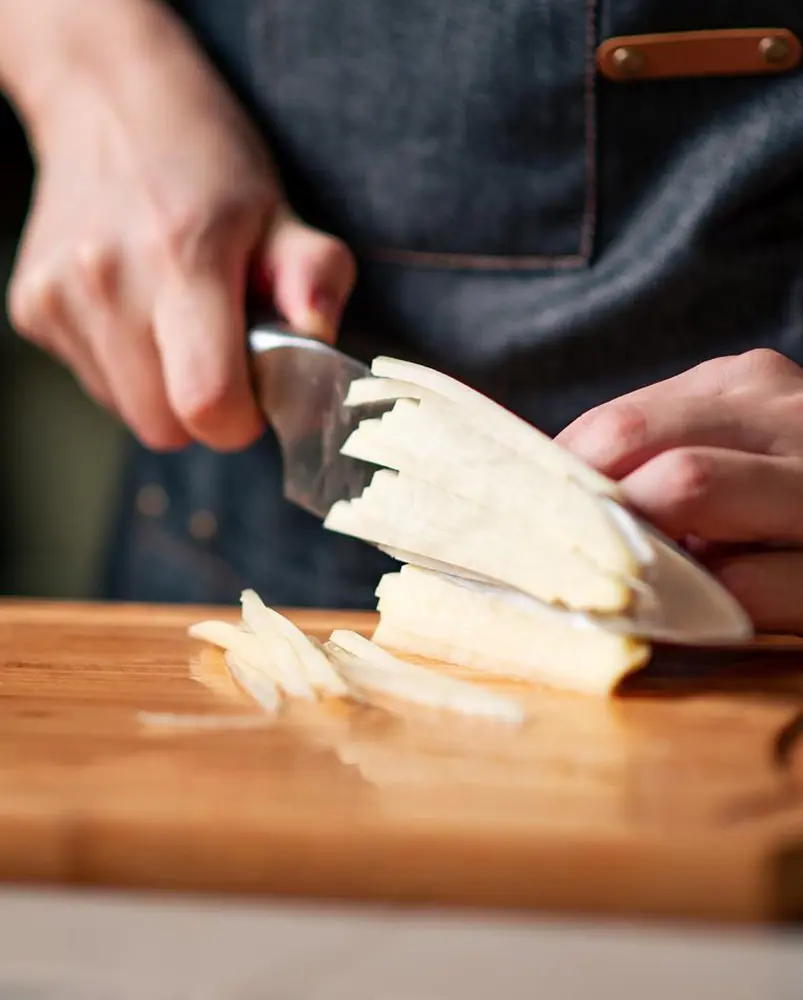
Choosing the Right Potato
The foundation of perfect French fries lies in choosing the right potato. Russet potatoes, also known as Idaho potatoes, are ideal due to their high starch content and low moisture. This combination results in fries that are fluffy on the inside and crispy on the outside.
The Double-Fry Method
One of the secrets to achieving perfectly crispy French fries is the double-fry method. Here’s a step-by-step guide:
- Peeling and Cutting: Peel the potatoes and cut them into uniform strips. Consistency in size ensures even cooking.
- Soaking: Soak the cut potatoes in cold water for at least 30 minutes. This helps remove excess starch, which can cause the fries to stick together and become soggy.
- First Fry: Heat oil in a deep fryer or heavy-bottomed pot to 325°F (163°C). Fry the potatoes in small batches for about 5-6 minutes, or until they are soft but not browned. This initial fry cooks the potatoes through.
- Cooling: Remove the fries from the oil and let them cool on a wire rack or paper towel. This step is crucial as it allows the moisture to escape, setting the stage for crispiness.
- Second Fry: Increase the oil temperature to 375°F (190°C). Fry the potatoes again in small batches until golden brown and crispy, about 2-3 minutes.
- Draining and Seasoning: Drain the fries on paper towels to remove excess oil and immediately season with salt. The fries should be served hot for the best texture.
Tips for Extra Crispiness
- Blanching: Blanching the potatoes before frying can enhance their crispiness. This involves boiling the cut potatoes briefly before the first fry.
- Cornstarch Coating: Lightly dusting the fries with cornstarch before the second fry can create an extra crispy outer layer.
Keeping French Fries Crispy for a Long Time
The Challenge of Soggy Fries
One of the biggest challenges with French fries is maintaining their crispiness once cooked. Fries tend to become soggy as they cool, mainly due to moisture retention. Here are some strategies to keep them crispy for longer periods:
Proper Draining and Cooling
Immediately after frying, drain the fries thoroughly on paper towels or a wire rack. Avoid stacking them, as this traps steam and makes them soggy. Allowing air circulation around the fries helps maintain their crispiness.
Keeping Them Warm
If you need to keep fries warm before serving, place them in a single layer on a baking sheet in a low oven (around 200°F or 93°C). This keeps the fries warm without making them soggy.
Using a Fryer Basket
When frying large batches, use a fryer basket to shake off excess oil immediately after cooking. This ensures the fries are not sitting in the oil, which can make them greasy and limp.
Reheating Leftover Fries
If you have leftover fries, reheating them properly can restore some of their crispiness. Avoid microwaving, as it tends to make fries soggy. Instead, reheat them in a preheated oven at 400°F (200°C) for about 5-10 minutes or in an air fryer for a few minutes until they regain their crunch.
Origin and History of French Fries
The Beginnings
The exact origin of French fries is a subject of debate. Two countries, Belgium and France, both claim to be the birthplace of this beloved dish. According to Belgian lore, villagers in the Meuse Valley were known to fry small fish caught in the river.
During harsh winters when the river froze, they turned to frying potatoes instead, creating what we now recognize as French fries. This tradition reportedly dates back to the late 17th century.
On the other hand, French culinary history attributes the invention of fries to street vendors on the Pont Neuf in Paris in the late 18th century. These vendors were known to sell "frites," thinly sliced fried potatoes, which quickly became popular among Parisians.
The Name Debate
Despite the Belgian claims, the term "French fries" gained popularity, especially in English-speaking countries. This name is believed to have been popularized by American soldiers stationed in Belgium during World War I, who referred to the fried potatoes as "French fries" because French was the official language of the Belgian army.
Spread and Popularity
French fries made their way to the United States in the late 19th century and quickly became a staple in American cuisine. By the mid-20th century, with the rise of fast-food chains like McDonald's, French fries had cemented their place as a quintessential fast-food item, beloved by people of all ages.
The Impact of French Fries on Food Culture Worldwide
A Global Phenomenon
French fries have transcended cultural and culinary boundaries, becoming a global phenomenon. They are enjoyed in various forms and flavors around the world, reflecting local tastes and traditions.
Regional Variations
- Belgium: In Belgium, "frites" are traditionally served with a variety of sauces, including mayonnaise, and are often accompanied by mussels or a hearty stew.
- France: In France, "pommes frites" are a staple in bistros and brasseries, often served with steak or moules marinières (mussels).
- United Kingdom: The British "chips" are thicker than typical French fries and are a key component of the classic dish, fish and chips.
- India: In India, spicy masala fries, seasoned with a mix of chili powder, turmeric, and other spices, are a popular street food.
- Japan: Japanese fries often come with unique seasonings like seaweed or soy sauce, and they are sometimes served with a variety of dipping sauces.
Fast Food Culture
The global fast-food industry owes much of its success to French fries. Chains like McDonald's, Burger King, and KFC have made fries an integral part of their menus. The consistency and appeal of French fries have helped these chains establish a universal appeal, making fast food a dominant force in global dining.
How French Fries Revolutionized Fast Food Culture
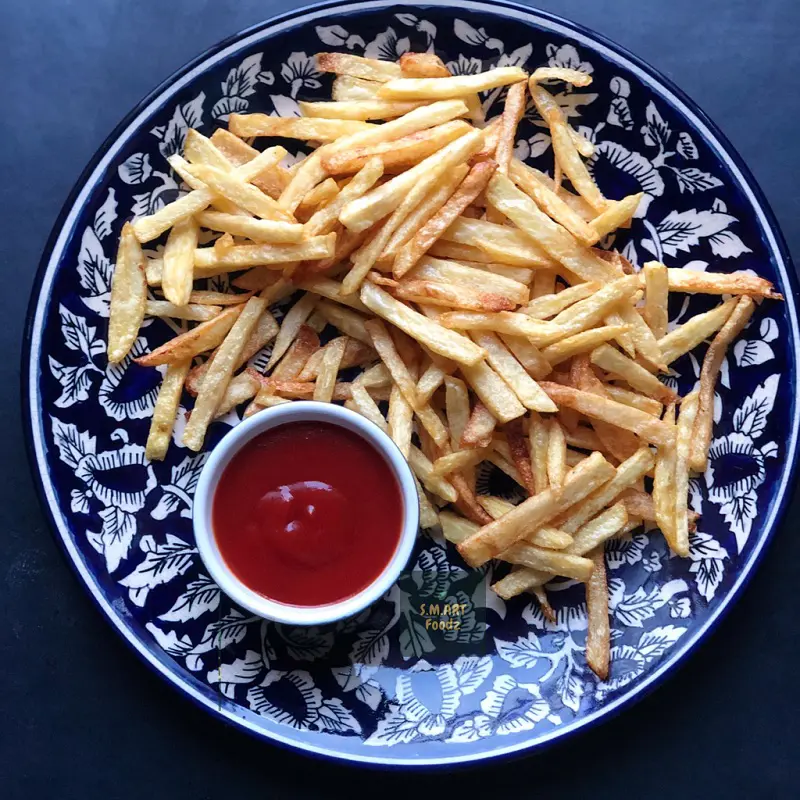
The McDonald's Effect
McDonald's, arguably the most recognized fast-food chain in the world, played a significant role in popularizing French fries. The chain’s founders, Richard and Maurice McDonald, introduced a standardized method for making fries that ensured consistency across all their outlets.
This move revolutionized the fast-food industry, setting a benchmark for quality and uniformity.
Technological Advancements
The fast-food industry has continuously innovated to enhance the quality and efficiency of French fry production. Advances in freezing technology allowed fries to be pre-cooked and frozen, ensuring a longer shelf life and consistent quality.
This development enabled fast-food chains to expand globally while maintaining the familiar taste and texture of their fries.
Drive-Thru Culture
French fries also fit perfectly into the drive-thru culture that fast-food chains popularized. Their ease of preparation and portability made them an ideal choice for customers looking for a quick, convenient meal on the go.
Presence in Modern Food Culture
Gourmet French Fries
In recent years, French fries have undergone a gourmet transformation. High-end restaurants and food trucks now offer artisanal fries made from heirloom potatoes, fried in duck fat or truffle oil, and served with a variety of upscale toppings like parmesan cheese, garlic aioli, or even caviar.
Healthier Alternatives
With growing awareness of health and nutrition, there has been a rise in demand for healthier alternatives to traditional French fries. Sweet potato fries, baked fries, and air-fried versions have gained popularity among health-conscious consumers. These alternatives offer a similar satisfying crunch with fewer calories and less fat.
French Fries in Pop Culture
French fries have also made their mark in pop culture. They frequently appear in movies, TV shows, and advertising campaigns, symbolizing comfort and indulgence. Iconic scenes, such as the French fry dance in the movie "Pulp Fiction" or the countless commercials showcasing the irresistible pull of fries, highlight their cultural significance.
